Are handbuilt wheels still worth buying?
Simon Smythe weighs up the pros and cons of getting your hoops made to order
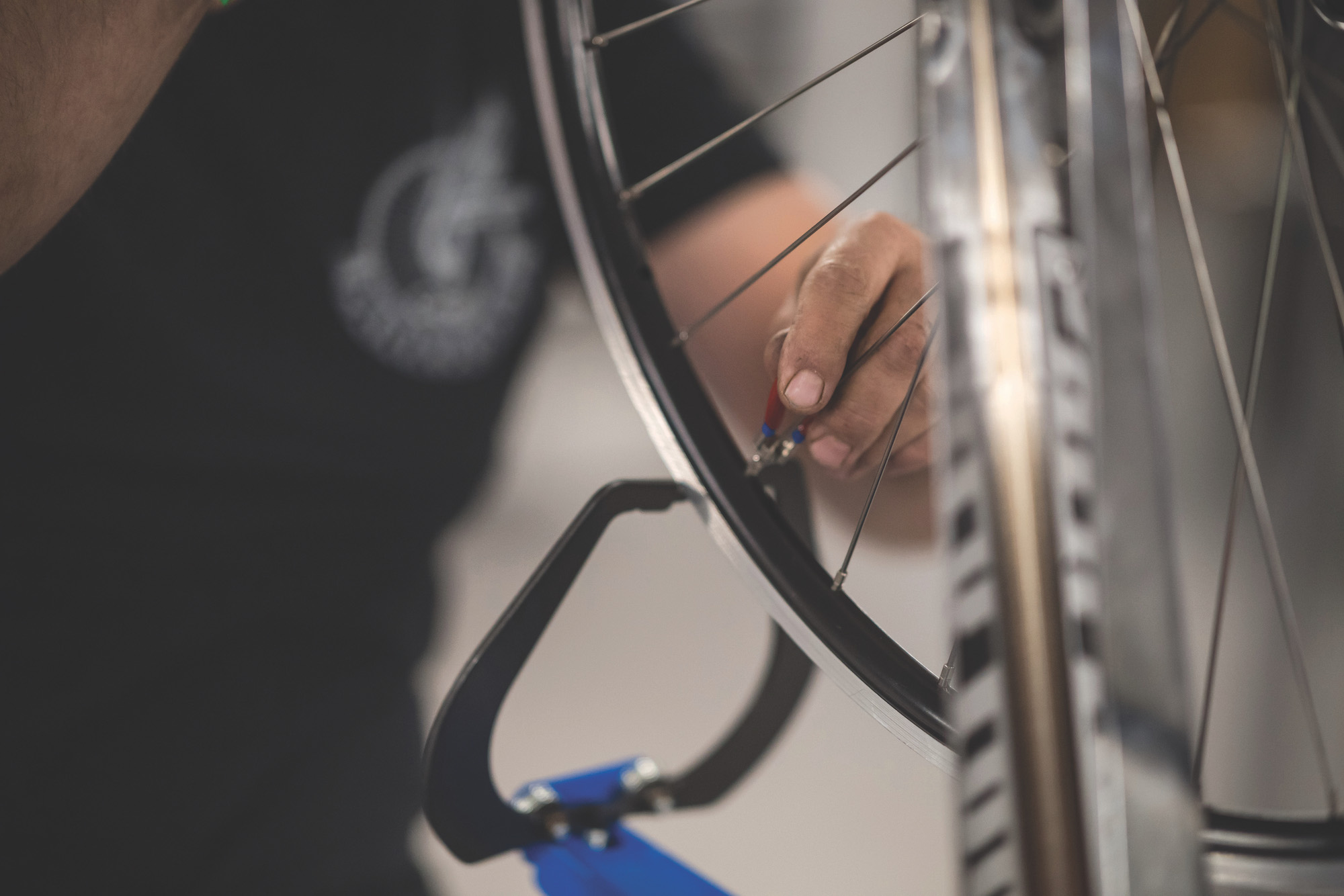

Mavic is often credited with, or blamed for — depending on your point of view — ending the era of handbuilt wheels and ushering cycling into the age of the factory wheel. Its distinctive red Helium wheelset, introduced into the pro peloton in 1995, could be bought by anyone from any Mavic dealer, complete and without requiring any of the wheelbuilder’s dark art to be performed on it in a small room at the back of the shop.
Although Mavic has continued to sell its Open Pro rim, probably still the most popular choice for a handbuilt wheelset, it’s hard to deny that buying a factory wheelset is more convenient.
>>> Best road bike wheels reviewed 2019: rim and disc wheelsets
It takes potentially bewildering choices about spokes and hubs out of the equation and since factory wheels are built and trued by machines — to varying degrees depending on the manufacturer and model — their performance and reliability ought to be identical, making it possible to do accurate online research before hitting the ‘add to basket’ button. Not only that — wheelsets mass produced in the Far East with a minimum of human interaction will inevitably be cheaper.
Which begs the question: Is there still a reason to buy handbuilt wheels?
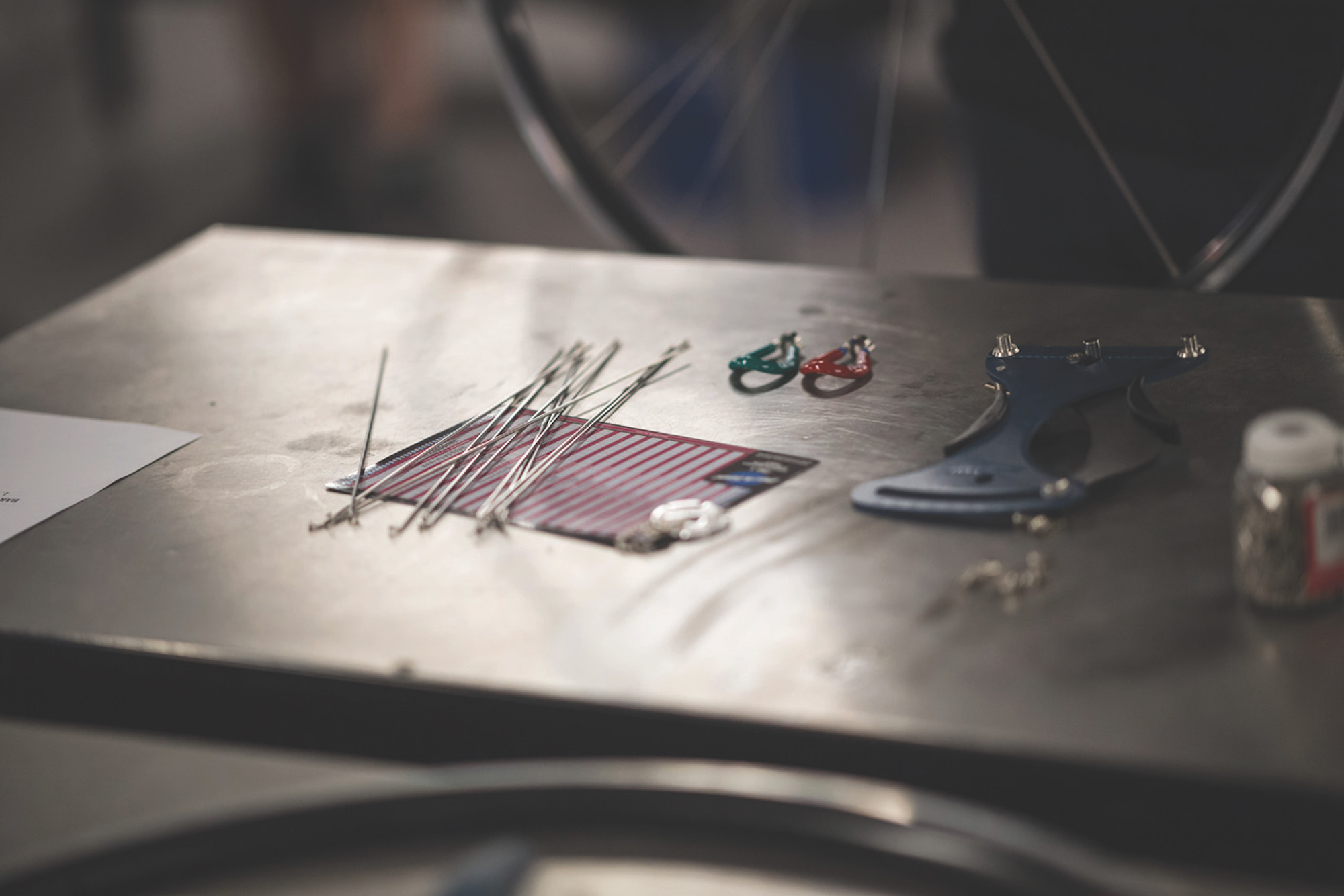
“Simply put, a wheel builder can do things others are not willing to do,” says Malcolm Borg of The Cycle Clinic. “For example, if you’re a 120kg rider I would do a 32-hole front/36-hole rear with a stout rim like the H Plus Son Archetype with Miche or Shimano hubs and Sapim triple-butted spokes. A big wheel brand will sell one of its standard wheels and hope it will be alright.
“Added to that, many wheel manufacturers deploy peculiar reasoning in their wheel design. There are too many wheels out there which, on paper, should be good but somehow don’t feel right when ridden. And how many get spoke failures? It should be rare yet it’s common.”
One objection might rightly be that at least with a factory wheelset you know what you’re getting. How do you know whether a handbuilt wheel is going to be any good?
“It’s not about whether they are handbuilt or not — Campagnolo wheels are handbuilt, for example — it’s more how well designed and built they are. That means understanding the specification and how that determines how the wheel feels when being ridden and how the build/spec influences wheel lifespan. I have issues with many factory wheels where either the spec is not quite right or the build is not.
“One wheelset, for example, that many like but I do not is the Shimano Dura-Ace C24 9000. Many like them because they are light, they feel light and people like the hubs, which are reliable. The wheel, however, is laterally not very stiff at all, and radial stiffness won’t be as high as a 32-spoke wheel either.
"This means when standing up and accelerating the rim can twist because the spoke count is not high enough to prevent or limit this twist. If a higher spoke count (28 Sapim CX Sprint spokes) were used you would have a light-feeling wheel that feels like it responds better to hard efforts. It would also be more reliable.
"It would be slightly heavier but I dislike the idea of building something that’s compromised just because it sells.
“Then there is the build itself and how competent the builder is. I am fairly good at this but I can build a wheel that will fail if I build it with a light rim and low spoke count. I have done, and that’s how I know it fails.”
Borg makes the point that if a factory wheel fails it can be difficult for its owner to get it repaired.
“One reason I build my own wheels is that spares availability for ‘factory’ wheels is poor and I object to selling something that I can’t supply spares for.”
Finally, Borg has his business to think of. “There is also no margin in selling factory wheels, or not enough to make it worthwhile.” With many independent bike dealers having a tough time at the moment, the commercial factor has to be considered.
French wheel giant Mavic expanded its rim-only range to include the CXP Pro Carbon this year, so could that mean that the brand blamed for the demise of the handbuilt wheel is trying to make amends? Mavic acknowledges on its website that its rim-only range is for racers looking for perfect versatility.
In addition, Mavic says all of its factory wheels are handbuilt to some degree as it's not possible use machines for every step of the build process, and it ensures a high build quality. Michel Lethénet, Mavic's global PR manager, says the company's build system allows customers to get a fully optimised wheel straight out of the box at a more affordable price than purely handbuilt wheels.
"Whatever the wheels (handbuilt or factory-built), firstly they’re all finished by hand, and secondly, they finally perform depending on their construction pattern and the sum of their best characteristics," Lethénet says, "It all depends on the goal you seek and intended use.
"We are looking to deliver the best combination of performance and reliability with our complete wheelsets ready to ride mind free. We’re able to create the lightest or the fastest wheelset on earth but this is only one criteria and a wheelset is complex to optimise every single key aspect.
"What would be the point to create a wheel that is not safe, not stiff enough under high load and torsion, not possible to service, too expensive?"
However, the answer to the original question should be yes. Handbuilt wheels can be more expensive but they’re worth it for the extra choices of specification and customisation they offer, for the repairs that can be done more easily and for the better build quality that a skilled and experienced wheelbuilder can bring to them.

Thank you for reading 20 articles this month* Join now for unlimited access
Enjoy your first month for just £1 / $1 / €1
*Read 5 free articles per month without a subscription

Join now for unlimited access
Try first month for just £1 / $1 / €1
Get The Leadout Newsletter
The latest race content, interviews, features, reviews and expert buying guides, direct to your inbox!
Simon Smythe is a hugely experienced cycling tech writer, who has been writing for Cycling Weekly since 2003. Until recently he was our senior tech writer. In his cycling career Simon has mostly focused on time trialling with a national medal, a few open wins and his club's 30-mile record in his palmares. These days he spends most of his time testing road bikes, or on a tandem doing the school run with his younger son.
-
 Cycling's riders need more protection from mindless 'fans' at races to avoid another Mathieu van der Poel Paris-Roubaix bottle incident
Cycling's riders need more protection from mindless 'fans' at races to avoid another Mathieu van der Poel Paris-Roubaix bottle incidentCycling's authorities must do everything within their power to prevent spectators from assaulting riders
By Tom Thewlis Published
-
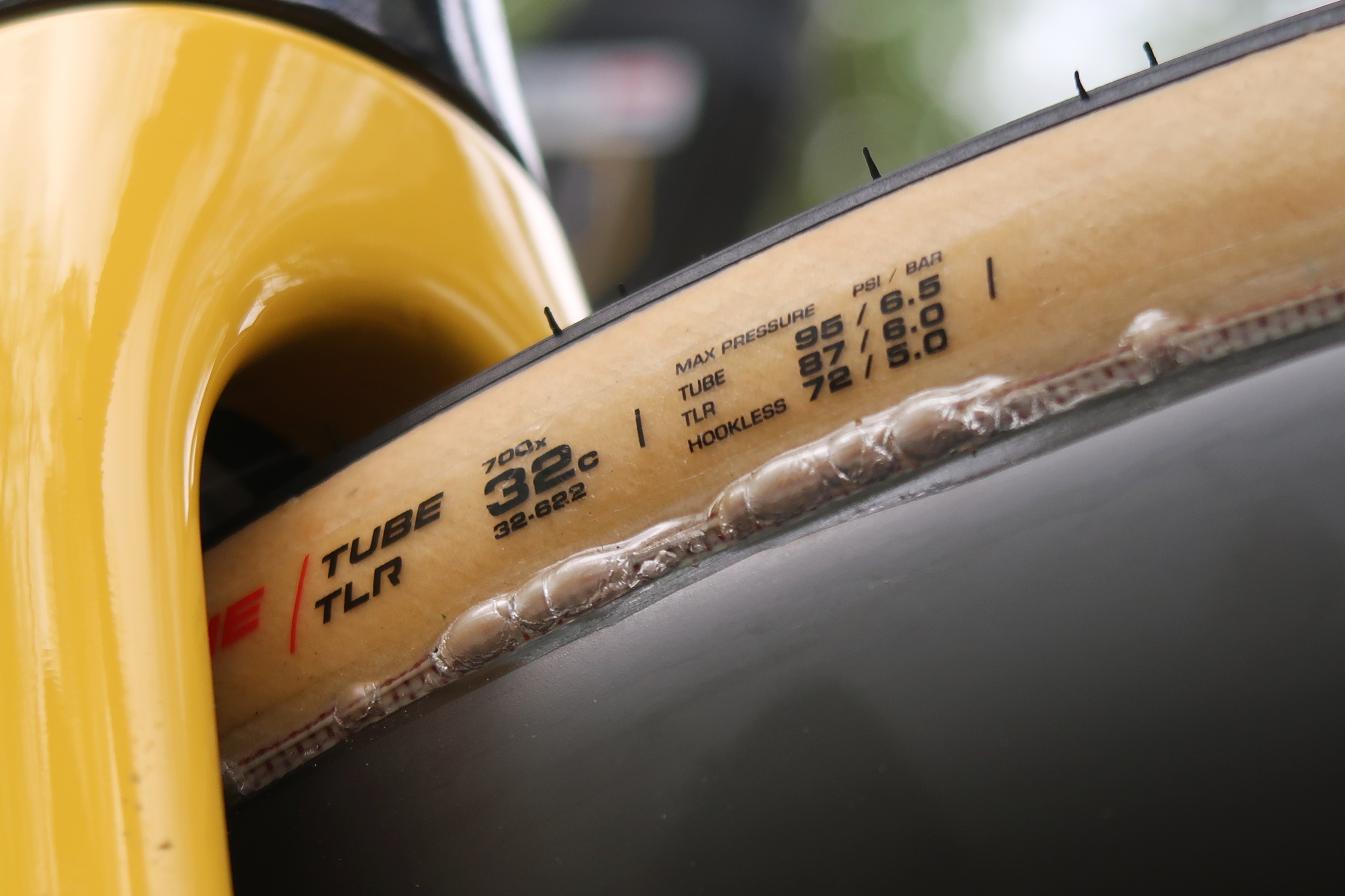 Why Paris-Roubaix 2025 is proof that road bike tyres still have a long way to go
Why Paris-Roubaix 2025 is proof that road bike tyres still have a long way to goParis-Roubaix bike tech could have wide implications for the many - here's why
By Joe Baker Published
-
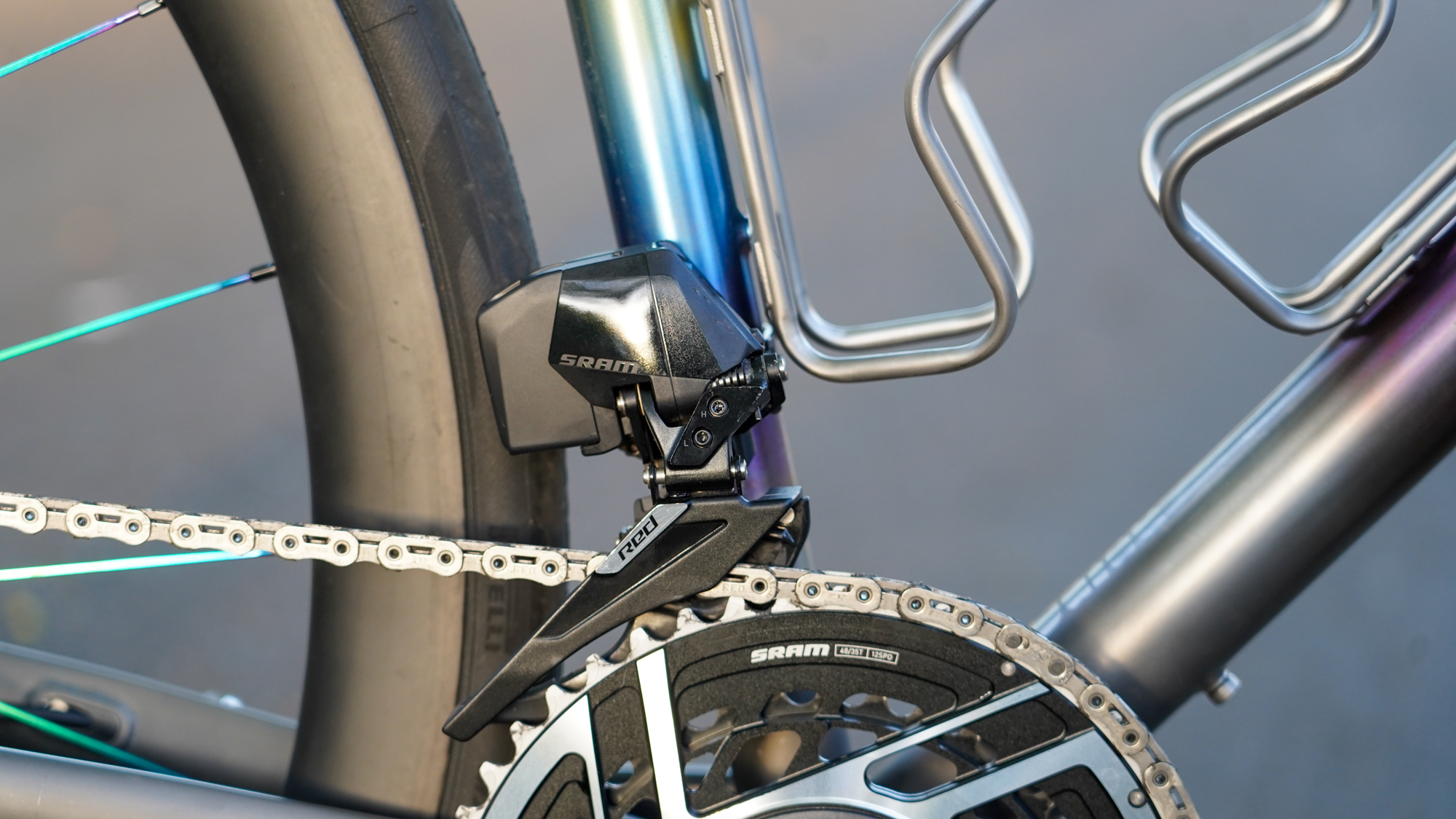 Opinion: Are electronic groupsets worth the investment?
Opinion: Are electronic groupsets worth the investment?Thoughts on drivetrains, buttons, batteries, fast vs slow, good vs evil, wristwatches and zen states of being
By Tyler Boucher Published
-
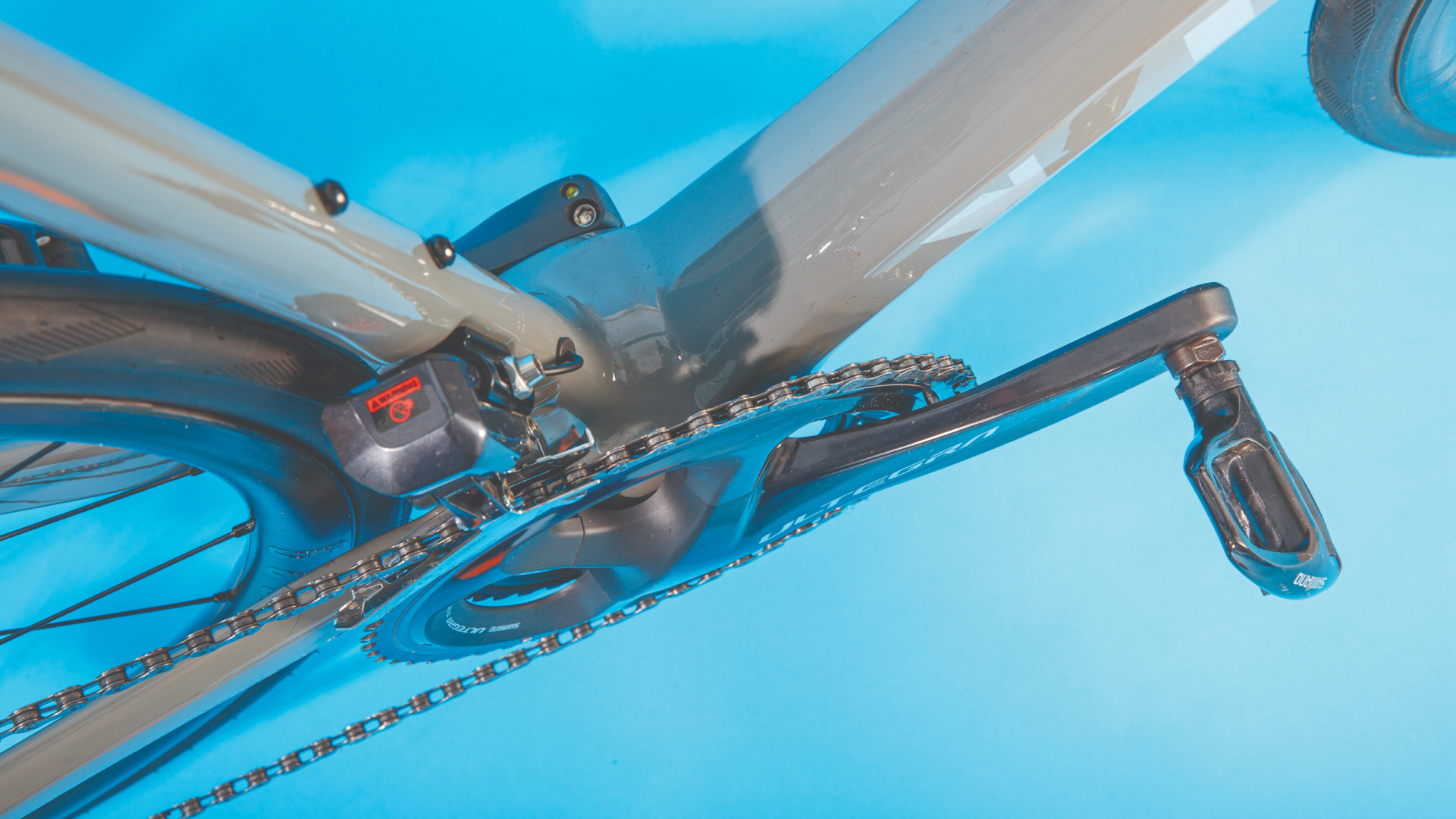 Everything you want to know about the Q Factor
Everything you want to know about the Q FactorWhat it is and why it matters, how to measure it, what the Q stands for, and more
By Tyler Boucher Published
-
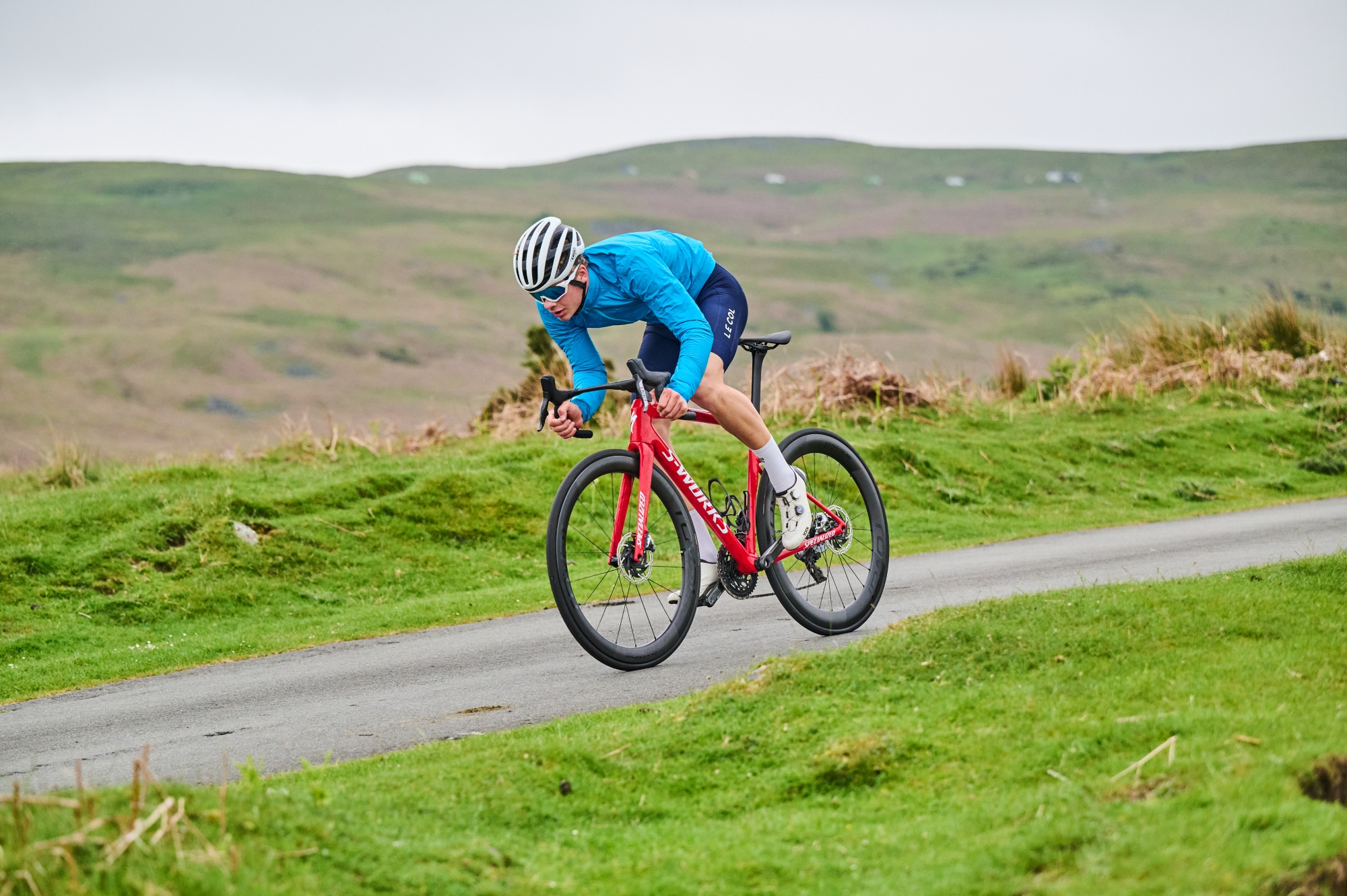 Stiffness vs. Compliance: Making sense of bicycle frame design
Stiffness vs. Compliance: Making sense of bicycle frame designHow frame designers find the sweet spot between stiffness and compliance as well as some thoughts on “ride quality”
By Tyler Boucher Published
-
 Tech Question: We're used to racers on narrow bars - but are they more comfortable, too?
Tech Question: We're used to racers on narrow bars - but are they more comfortable, too?We ask the experts what to look for in determining the optimal handlebar width
By Joe Baker Published
-
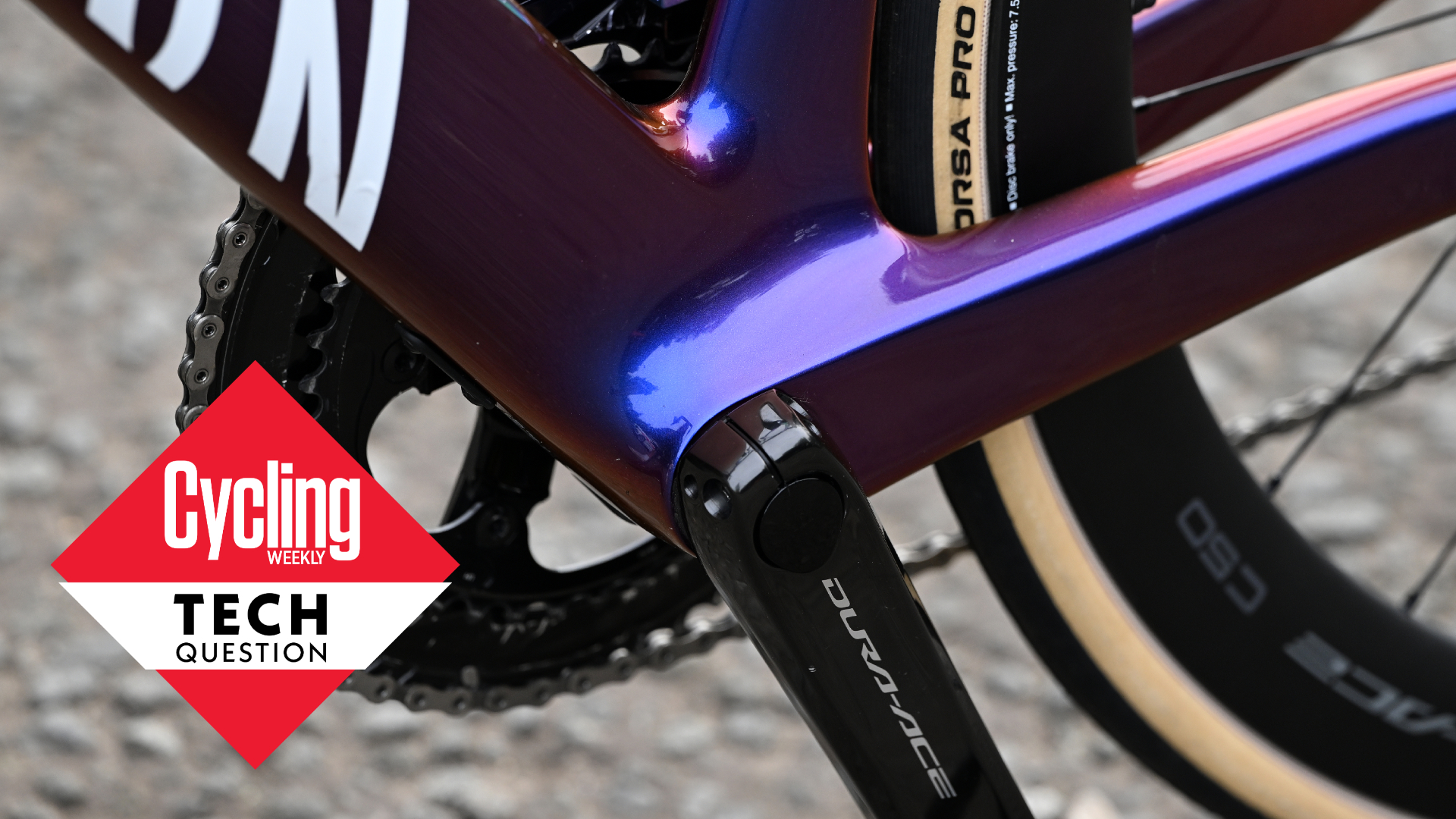 Tech Question: Where do things now stand on press-fit bottom brackets? Good or bad?
Tech Question: Where do things now stand on press-fit bottom brackets? Good or bad?Few innovations have garnered as much animosity as press-fit bottom brackets - but the tech now has some strong proponents
By Stefan Abram Published
-
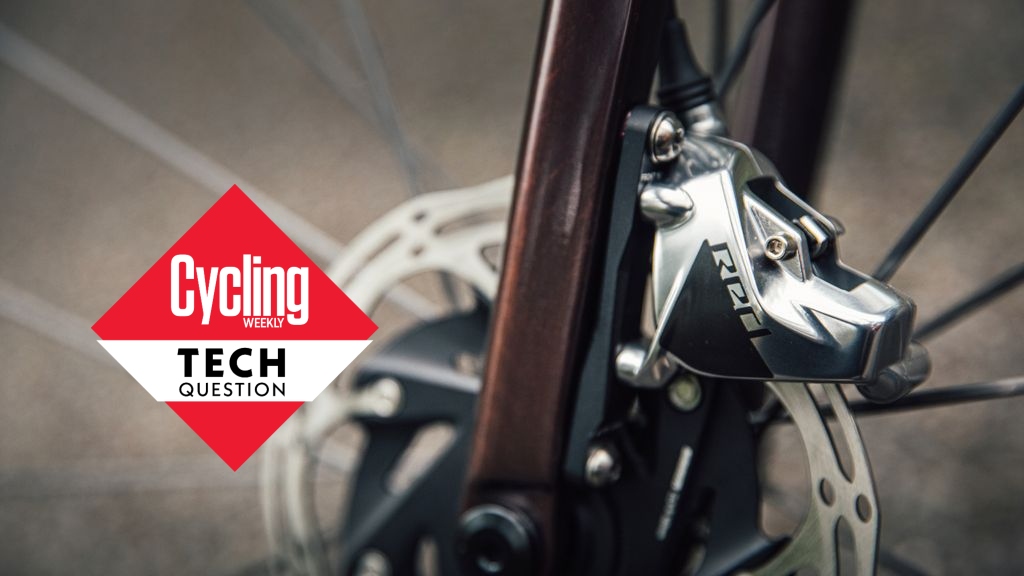 Tech Question: Is a proper clean the only disc brake upgrade you need?
Tech Question: Is a proper clean the only disc brake upgrade you need?Bike mechanic and owner of Surrey Hills Cycleworks, Dave Farmer, shares his tips on how to improve braking performance
By Stefan Abram Published
-
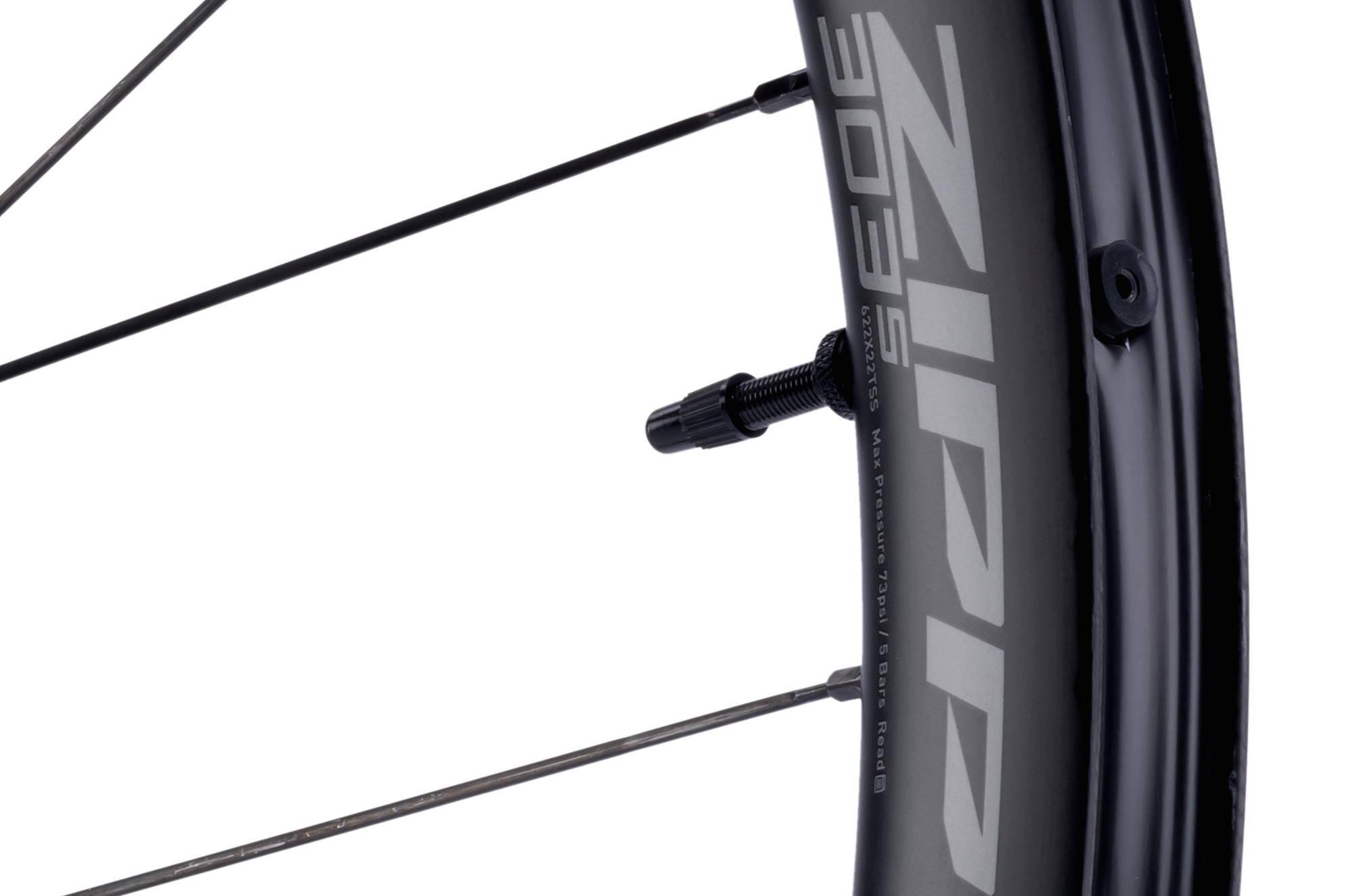 What are hookless rims and do you need them?
What are hookless rims and do you need them?With the big wheel brands launching new rims with straight sidewalls, we ask whether hookless technology can benefit your bike riding
By Simon Smythe Published
-
 Do you need indoor cycling specific clothing?
Do you need indoor cycling specific clothing?With an ever expanding range of indoor cycling kit available, we ask if it really makes any difference?
By Michelle Arthurs-Brennan Published